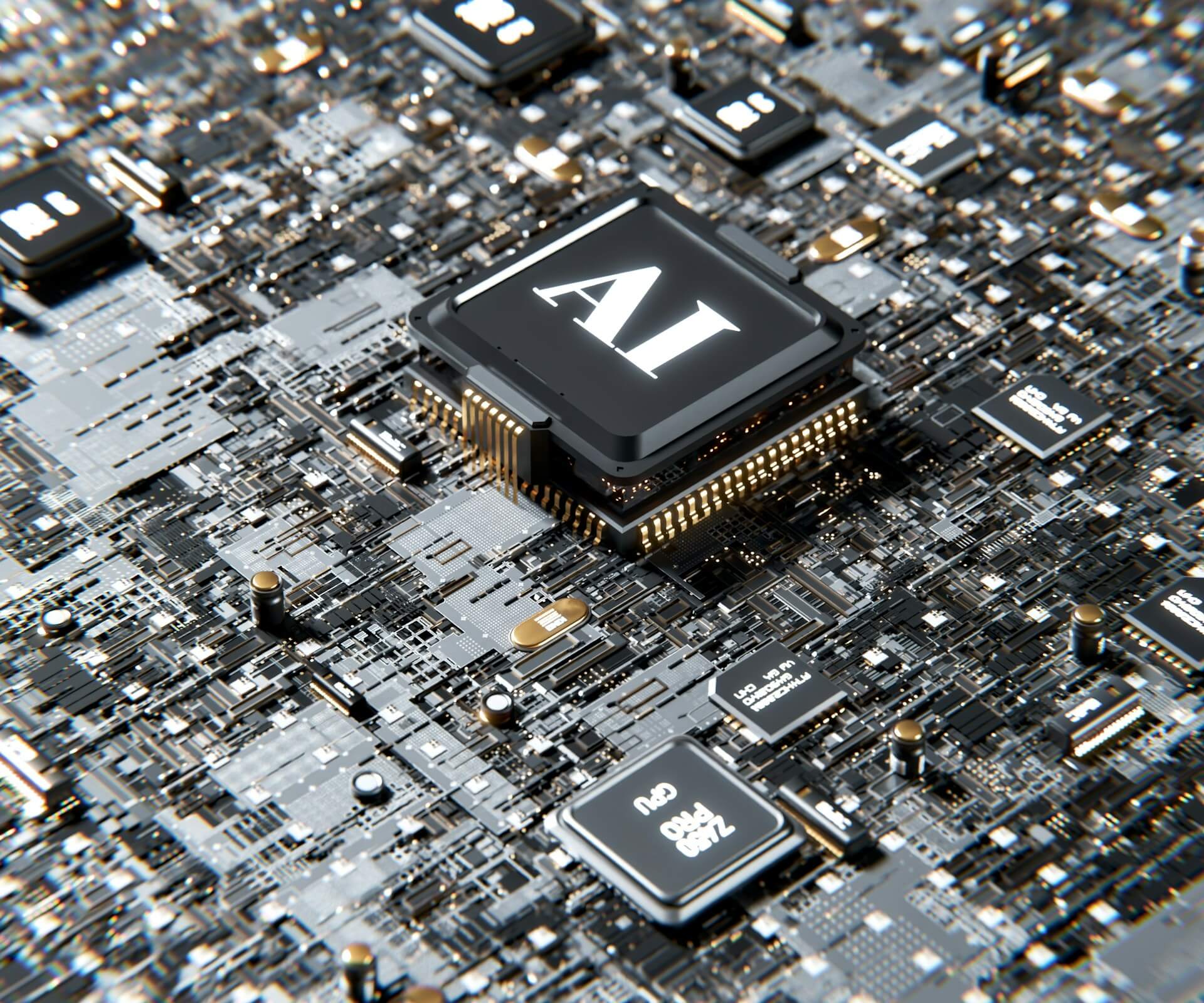Share this
Previous story
← Here's Why You Need A Password Manager
Artificial intelligence (AI) is a tool with transformative potential across various domains. It can enhance medical diagnoses and bolster cybersecurity, improving decision-making and efficiency. Nevertheless, like any emerging technology, AI carries certain risks. In this blog post, we will explore potential concerns associated with AI and propose strategies to address them.
One significant risk of AI involves biases and discrimination. AI algorithms are as impartial as the data they are trained on. If this data exhibits biases, the algorithm will reflect them in its output. For instance, a facial recognition system trained on a dataset predominantly comprising white faces might struggle to accurately identify individuals with darker skin tones. This can result in grave consequences, including wrongful arrests or discriminatory practices.
To mitigate this risk, it is crucial to ensure diversity and representativeness in the data used for AI training. Additionally, rigorous testing and evaluation of AI systems should be conducted to identify and rectify any biases that may be present.
Another concern with AI is the possibility of job displacement. AI has the capability to automate tasks currently performed by humans, such as data entry or customer service. While this can lead to improved efficiency and cost savings, it may also result in job losses for individuals engaged in these tasks.
To address this risk, emphasis should be placed on reskilling and upskilling workers, equipping them with the skills needed to collaborate with AI systems. Educational and training programs should be provided to ensure workers are prepared for future job requirements.
AI systems also pose security risks. As the prevalence of AI increases, it becomes an enticing target for hackers and cybercriminals. For example, an AI system governing a power grid or critical infrastructure may be vulnerable to attacks capable of causing widespread damage.
To tackle this risk, robust security measures must be implemented to safeguard AI systems against cyber threats. This entails designing AI systems with security as a fundamental consideration and regularly testing and updating them to address emerging vulnerabilities.
Another risk associated with AI is the lack of transparency in decision-making. As AI becomes more intricate, understanding the basis for decisions can become challenging. This lack of transparency hinders the identification and rectification of biases or errors within AI systems.
To mitigate this risk, it is crucial to prioritize transparency in the design of AI systems. This includes developing explainable AI systems that provide insights into the decision-making process. Additionally, clear and concise documentation of AI systems, including training methodologies and data sources, should be established.
Lastly, AI systems may have unintended consequences. For instance, an AI system designed to optimize traffic flow might inadvertently cause congestion in certain areas. These unintended consequences can have far-reaching and potentially negative impacts.
To address this risk, careful consideration of potential impacts is necessary prior to the implementation of AI systems. This may involve conducting comprehensive risk assessments and testing of AI systems to identify and mitigate unintended consequences.
In conclusion, while AI holds significant potential for benefits, it also presents substantial risks. Addressing these risks requires proactive development and implementation of effective strategies. This involves designing AI systems with transparency, security, and diversity in mind, as well as reskilling and upskilling workers to adapt to future job demands. By taking these measures, we can harness the power of AI while minimizing associated risks.
These Related Stories



No Comments Yet
Let us know what you think